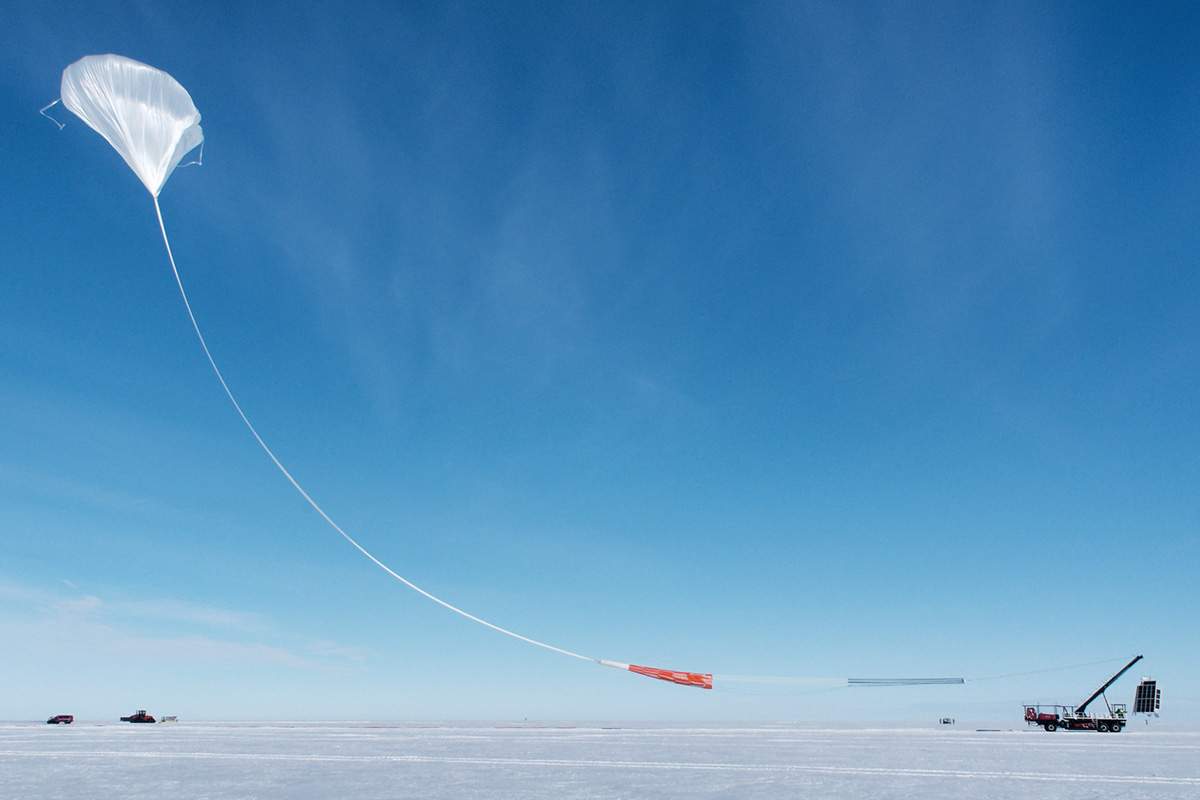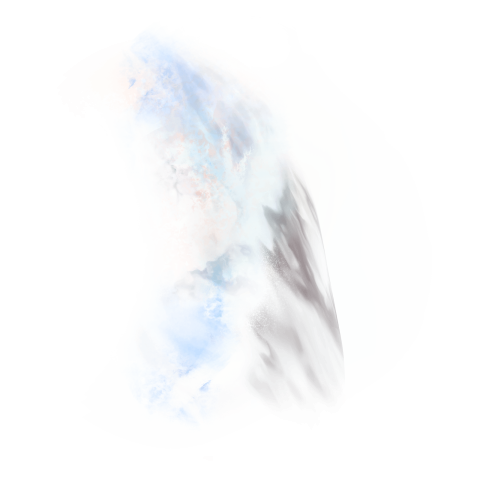The Mission
Stratospheric balloons fly above 99.5% of Earth’s atmosphere, giving access to spectral bands that can’t be observed by instruments on the ground or even airborne platforms, like NASA’s SOFIA aircraft. They also fly above turbulent air masses that can degrade image quality.
Generally, balloon platforms provide access to near-space at a fraction of the cost of spacecraft missions — and most balloon payloads can be recovered, refurbished and reflown multiple times. And because balloon missions are developed on relatively quick timescales — within a year or two — they are perfect training opportunities for young space engineers and scientists.
Recent APL balloon programs include Stratospheric Terahertz Observatory 2 (STO-2), Balloon Rapid Response for ISON (BRRISON) and the BRRISON follow-on, Balloon Observation Platform for Planetary Science (BOPPS). In September 2014, BOPPS carried its payload for approximately 17 hours to heights over 127,000 feet; the mission’s telescope and other instruments observed a number of targets, including comet Siding Spring, Oort Cloud comets, asteroid Ceres, and the double star Castor. It was the first planetary science dataset from a stratospheric balloon in more than 40 years.
BOPPS used a 40-million-cubic-foot polyethylene film balloon that, when fully inflated at altitude, was longer than the height of the Washington Monument. An entire football field could have fit inside the balloon when it was inflated.
Next up is the Galactic/Extragalactic ULDB [Ultra Long-Duration Balloon] Spectroscopic Terahertz Observatory (GUSTO), a NASA Explorer Program mission of opportunity led by principal investigator Christopher Walker of the University of Arizona. Launched in December 2023, GUSTO consists of a telescope with carbon, oxygen, and nitrogen emission line detectors carried to a height of approximately 110,000 feet on a two-ton gondola built by APL, which manages the project as well as GUSTO mission operations. The unique combination of data from the telescope and detectors will help scientists untangle the complexities of the interstellar medium as well as map out large sections of the Milky Way galaxy and the Large Magellanic Cloud. The mission launched from McMurdo, Antarctica, and is expected to stay in the air for more than 100 days, depending on weather conditions.


